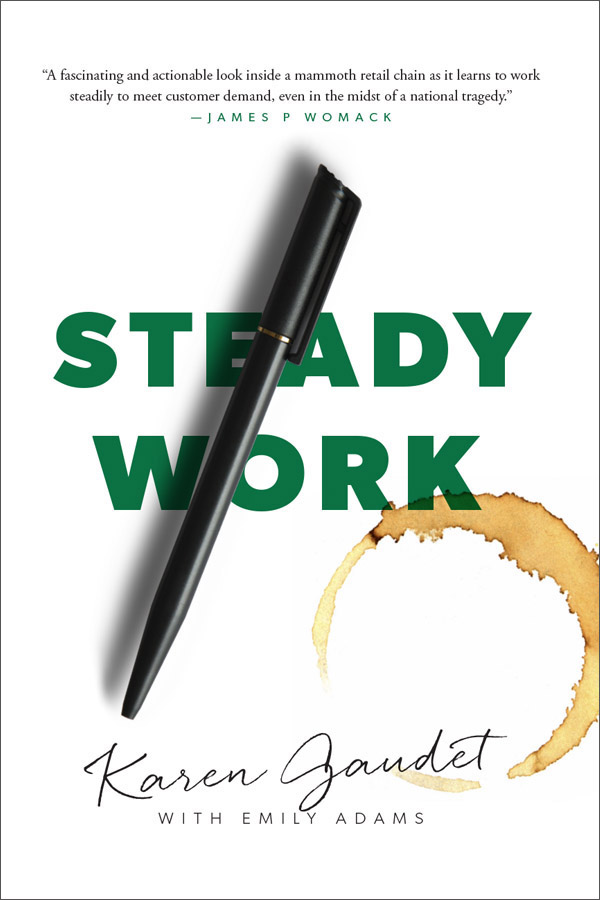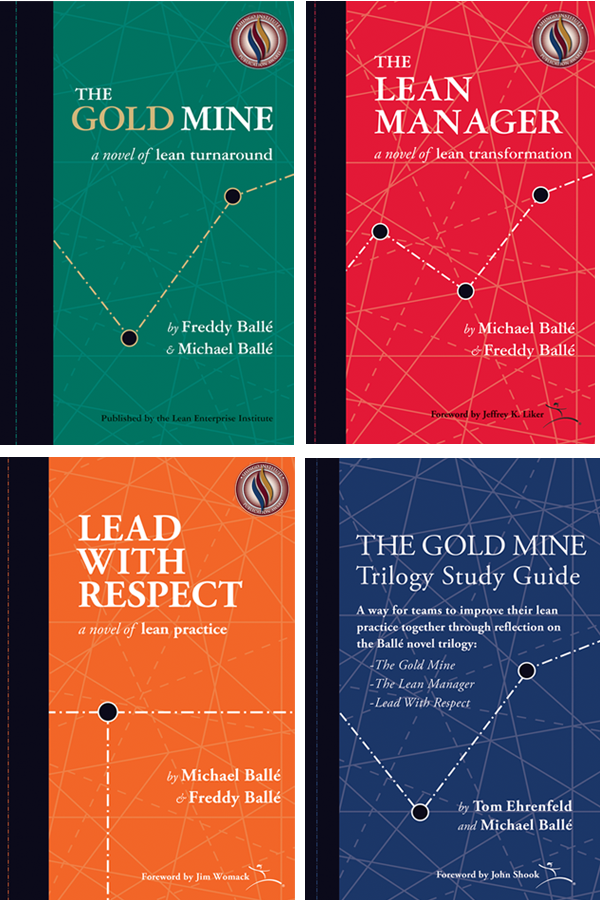In my book Steady Work, I share nine lessons that I learned by practicing lean. Here’s a quick-read summary. For more detail, listen to the podcast, Practicing Steady Work.
1) Go and see. As a leader, you can’t understand a problem in the work unless you observe it with those who are doing that work.
2) Standardization can set us free. If we perform work in a standard way, we can then see problems in the same way against that shared vision. With this shared understanding, we can solve problems that keep us from delivering higher value to the customer.
3) Freedom requires careful preparation. The daily rigor of problem-solving and staying true to developing your lean thinking capabilities prepares you for when it’s needed most. The example in the book is what happened in Newtown. Now, it is the pandemic. You can’t prepare any sooner than every single day.
4) Best thinking is preferable to best practices. Try not to rob people of the opportunity to think. As leaders, we must coach others to think through the problems they’re encountering as they do their work. Ask yourself how you can share frameworks of thinking so each individual can solve their problems, rather than providing what you think is the best solution or best practice. All problems may look similar, but they’re not.
5) Respect for beginners. We need to enable and allow those who are new to this learning experience to have the experience of learning it. Support them by coaching them through finding an answer, not giving them your answer, so that you don’t take that thinking or experience away from them.
6) Be aware of the next big thing. In business, we are always innovating and pushing the boundaries of product and service development. Work to ensure that this process is not so different that it distracts you or the people doing the work. Instead, adopt lean thinking as a core belief — as the way work gets done within the business structure and the way to manage the business.
7) Respect for people. As you guide new problem-solvers, take care to ask questions respectfully. Ask in a way that demonstrates that you value their thinking and know that they are the expert in their work, not you. Doing so assures them that they can openly and accurately describe how the work is getting done, without fear of reprisal. Help them understand that you are working together to solve the problem, not looking for someone to blame for it.
8) An excellent people development program does not spring from training alone. Sending people to learn in a classroom is a necessary component of training, but it’s not enough. Nothing can replace learning by doing. Having learners practice the concepts with someone who cares enough to coach them is essential.
9) Work with HR as a strategic partner. Human resources should serve everyone within the organization who is doing the work of delivering the value to the customer. Standing shoulder to shoulder with our HR partners and observing how work is done will help us to reimagine how we, as leaders, can better serve those who are doing the work.








The nine steps of my corporate lean lifestyle, thank you Karen!